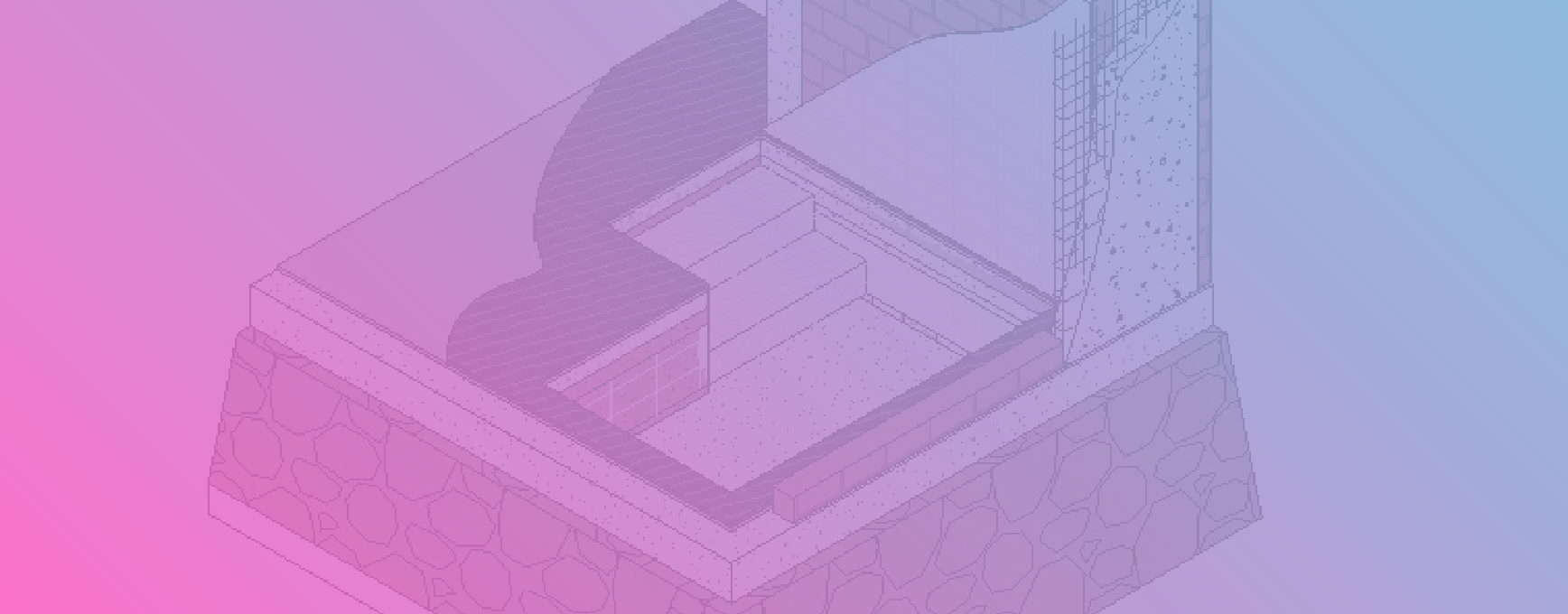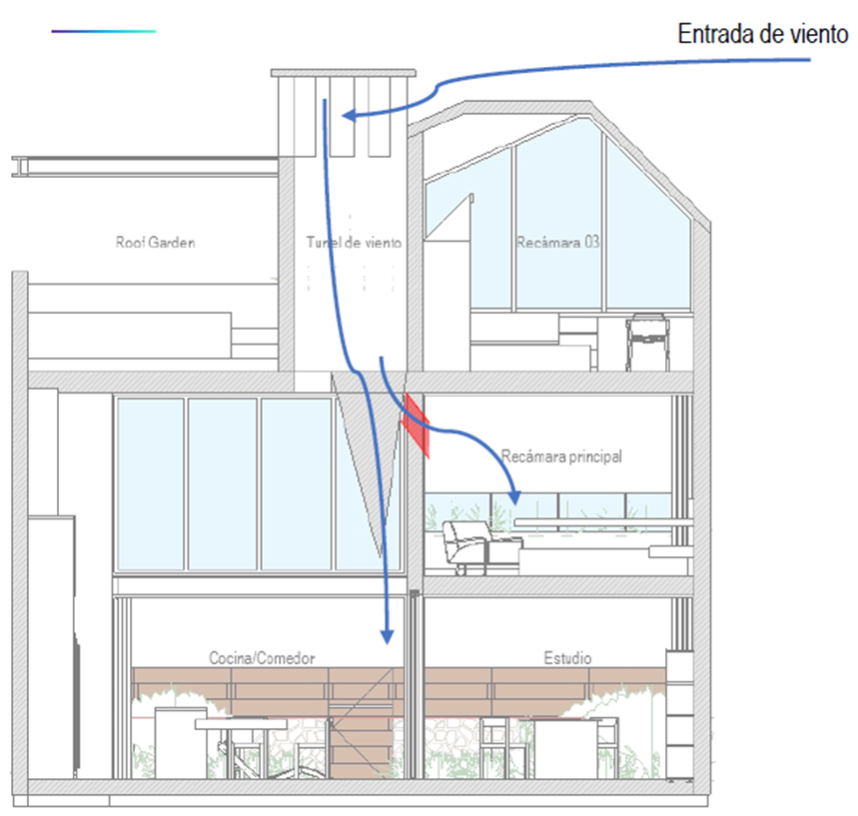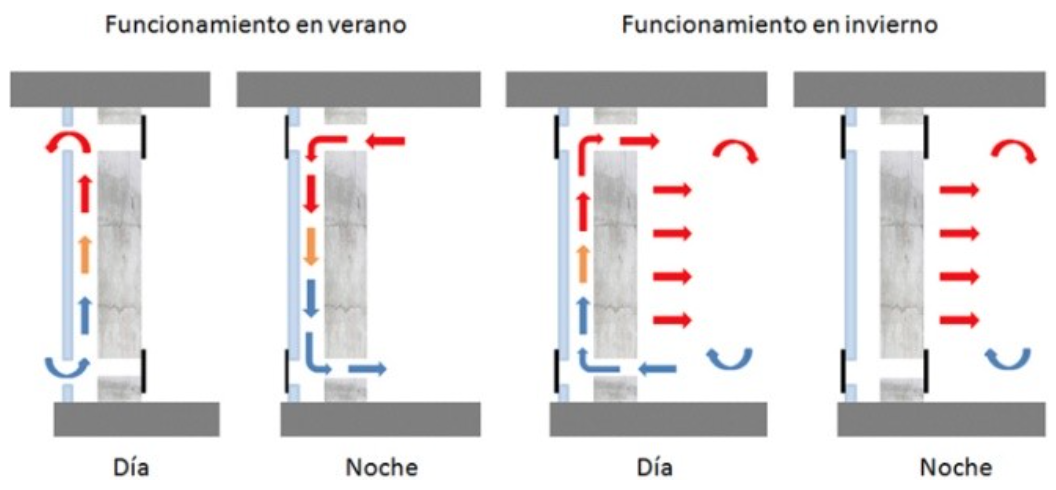

ABOUT THE AUTHOR
Rita Laura Bustos Architect, Technical Executive Project Leader and Head of the Sustainability Department
“I am convinced that through architecture we can generate a positive impact on the user, the community and the planet. While we are facing the complex problems that we encounter today, it is necessary to generate comprehensive proposals. Indeed, how human beings have made architecture throughout history is part of the problem but by encouraging sustainable actions we can also be part of the solution; For me, architecture is a tool of great power that can change our reality and the environment. Let’s contribute to developing a greener planet, better cities and good architecture.”
It is very interesting to analyze how ancient civilizations empirically developed methods and construction systems, strategies and techniques to ensure the comfort of their inhabitants through architecture. Understanding comfort as the material conditions that provide physical and as a consequence psychological well-being, we can approach the concept from different perspectives for example, thermal comfort refers to a situation where the inhabitant of a site does not experience a sensation of heat or cold. Acoustic comfort refers to the feeling of the occupants of a building or home concerning the sound environment. Respiratory comfort encompasses the quality of air inside a space and is usually associated and compared with the purity of the outside air (which may be contaminated, to a greater or lesser extent), and visual comfort that has to do with colours (visual impact), glare management and the quality light in spaces.
For this article, we will focus on thermal comfort, whether historically in contexts with extreme climates, those who faced the problem of building a shelter against the forces of nature, had to analyze and make the most of the natural conditions of their environment by designing strategies developed by human intelligence and by enhancing the raw material located in their environment. These strategies are now known or identified as passive design strategies, which are all those that through architecture and its elements provide comfort to the user in a natural way, by playing and experimenting with the shape of the walls, the base, the roof, the play holes and protections, the use of elements, materials and their properties.
Many of the houses, temples and cities, of civilizations such as Egyptian, Persian, Greek and Roman show signs of solutions to illuminate, heat, ventilate or cool spaces. Since the beginning of architecture, builders have had to analyze the behaviour of the building according to its location, topography, orientation, solar path and ventilation. Later, these first passive design strategies were complemented by integrating elements such as water, vegetation, and also thermal and acoustic properties of materials and continue to evolve to the present day.

City of Yazd in Iran showing the "Wind towers" used in its architecture as a natural ventilation system
If there are passive design strategies, are there active design strategies?
The discovery of electricity generated a drastic change in the way of doing architecture and providing comfort since many passive strategies can now be replaced by active strategies, what do we mean by this? an active strategy needs active energy to provide comfort to the user, either for lighting, ventilation, heating, domestic hot water supply or to provide any service. Active strategies can be our best ally but also our worst enemy since contemporary architecture needs both to provide comfort in architecture.
On one hand, current technology allows us to perform precise bioclimatic analysis that consists of taking the analysis of local climatic conditions, the environment and the user's requirements, with the help of different fields of science such as climatology, biology and physics, among others. Even with all these technological tools, today's architecture is still being generated without a good bioclimatic analysis that does not prioritize the use of passive design strategies when designing, resulting in poorly lit, ventilated, very cold, noisy, hot, humid spaces, etc. Unconscious designers use as the only alternative to improve comfort conditions the active design strategies, such as artificial lighting, air conditioning, heaters, etc. Energy consumption increases exponentially and as a consequence CO2 emissions and pollution of our planet. On the other hand, passive design strategies in architecture mainly seek to reduce energy consumption.
How do we integrate these strategies into the design processes of Cafeina Design?
When carrying out a project it is essential to start with a good bioclimatic analysis and thus be able to know the passive alternatives that we will apply.
1. Information collection phase
Refers to all information that reveals data about temperature, solar radiation, humidity and average speed and direction of winds, complementing it with information on precipitation, topography, existing vegetation, presence of bodies of water such as rivers, lakes, wells, etc. All this to better understand the characteristics of the site where we are going to project.
2. Evaluation phase
This is where we analyze all the information collected to determine human behavior within those characteristics, whether the environment is very hot or cold in certain seasons of the year or times of the day.
3. Selection of strategies phase
After evaluating what is the response of the human body within the environment its here where we select strategies, mainly of passive design, to provide comfort to the user, determining which is the optimal orientation?, which areas will require sun protection. What will be the shape of the building concerning the environment and topography? How we will use the winds? How we will control the exchange of temperatures between the interior and the exterior? How we will achieve that the interior heat is not lost in winter seasons, nor that the exterior heat enters in summer seasons (thermal balance)?
4. Application in architecture phase
Finally we land the passive design strategies applicable to the case integrating them into the other elements that make up the architectural project (which belong to the 3 spheres of sustainability) to have as a result a positive impact on the life of the user and their environment.

"Finca las Memorias" project section where passive design strategies were applied to provide comfort.
How are passive design strategies classified?
There are many ways to classify them, but to better understand them we are going to classify them into two categories:
Passive heating strategies
Program distribution, solar collection, storage and energy conservation systems.

Solar collection and energy accumulation utilizing the Trombe wall as a heating passive strategy.
Passive cooling or cooling strategies
Sun protection, ventilation, cooling, evaporative, induced, ground and radiant inertia, ventilated facades and reflective surfaces.

Evaporative cooling employing a water sheet or flood cover as a passive cooling strategy
Conclusion
Implementing a scientific approach that manages to measure and improve user comfort, enhances the quality of design. In addition, nowadays access to knowledge and climatological information is easy thanks to a wide variety of computational tools that help with the analysis and design process. For Cafeina Design it is extremely important to reduce energy consumption and improve comfort in each of our projects since we are aware of the great negative impact that these generate on our planet, which is why passive design strategies are our priority when designing and we see active design strategies as complementary systems prioritizing renewable energies, or in case the above is not possible, we seek to reduce energy consumptions to the minimum.
The use of passive design strategies is one of the main tools for sustainable architecture, but they are not the only strategies we use in our projects, as stated in our CDSM (Cafeina Design Sustainability Model) architecture to be sustainable must generate a positive impact (through different strategies) in the 3 spheres of sustainability, which are social, environmental and economic.
Want to know more about this topic?
Contact us
